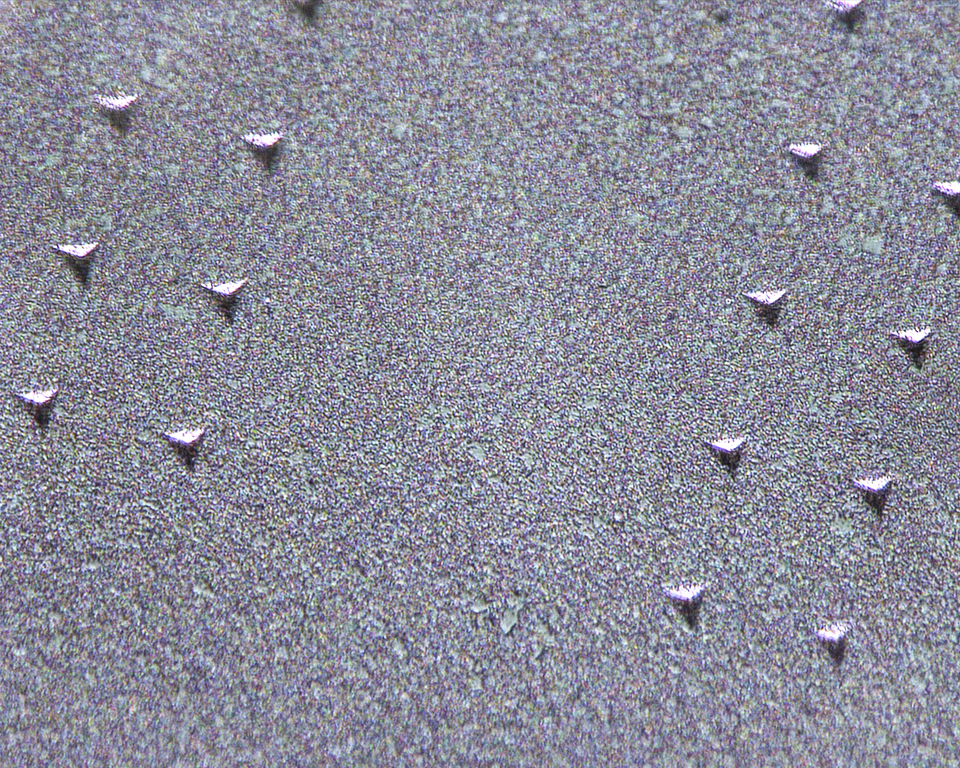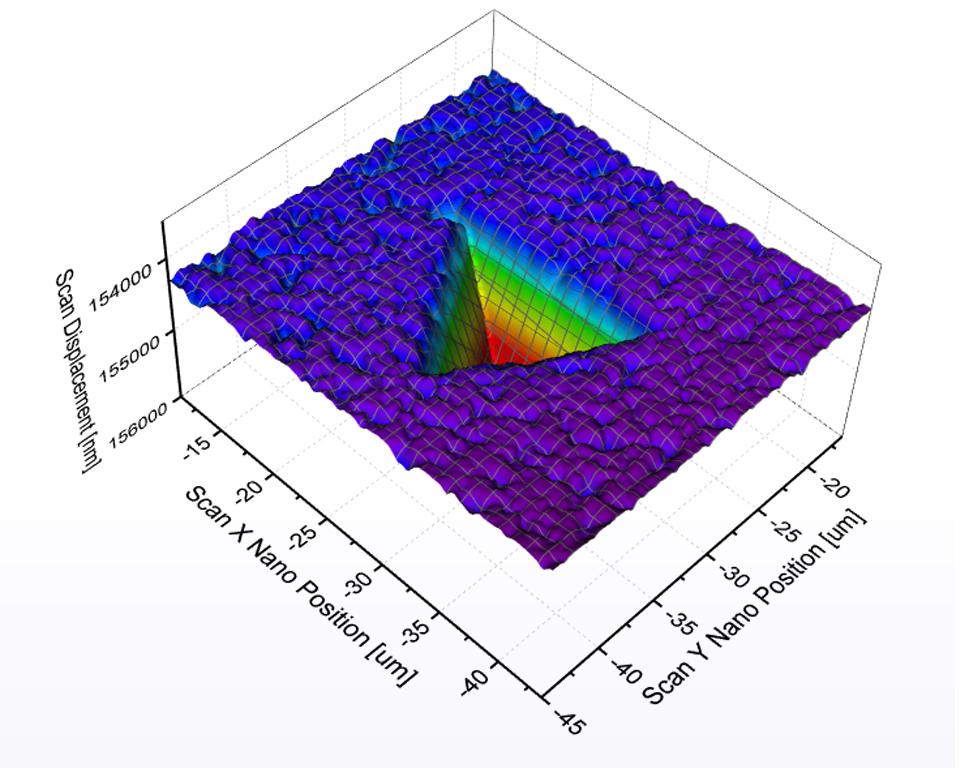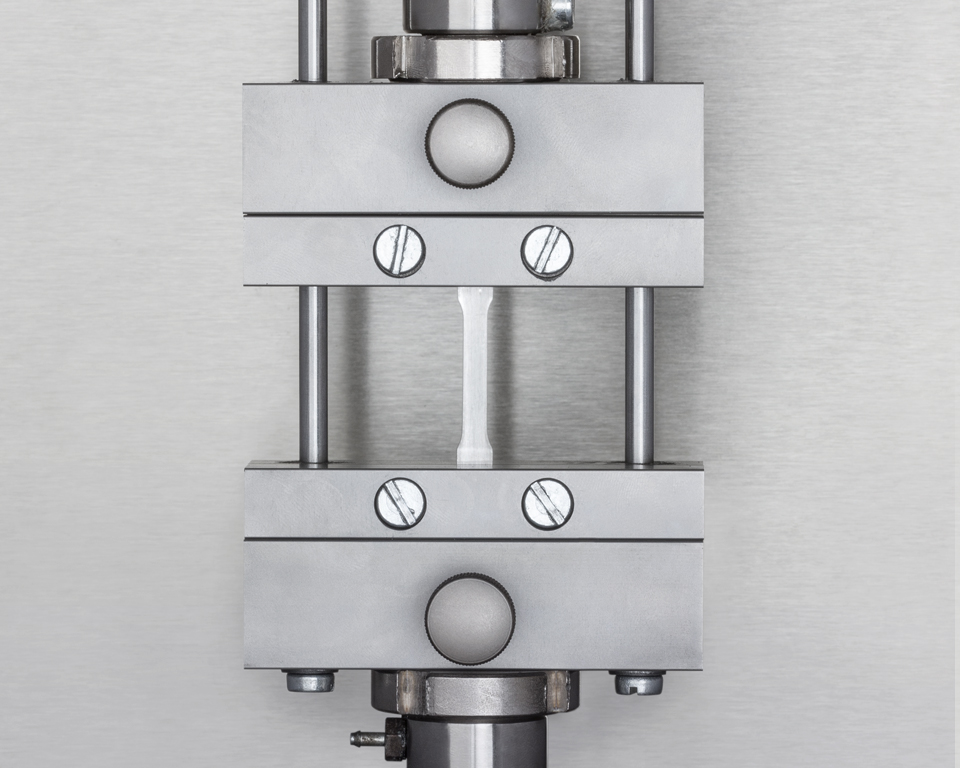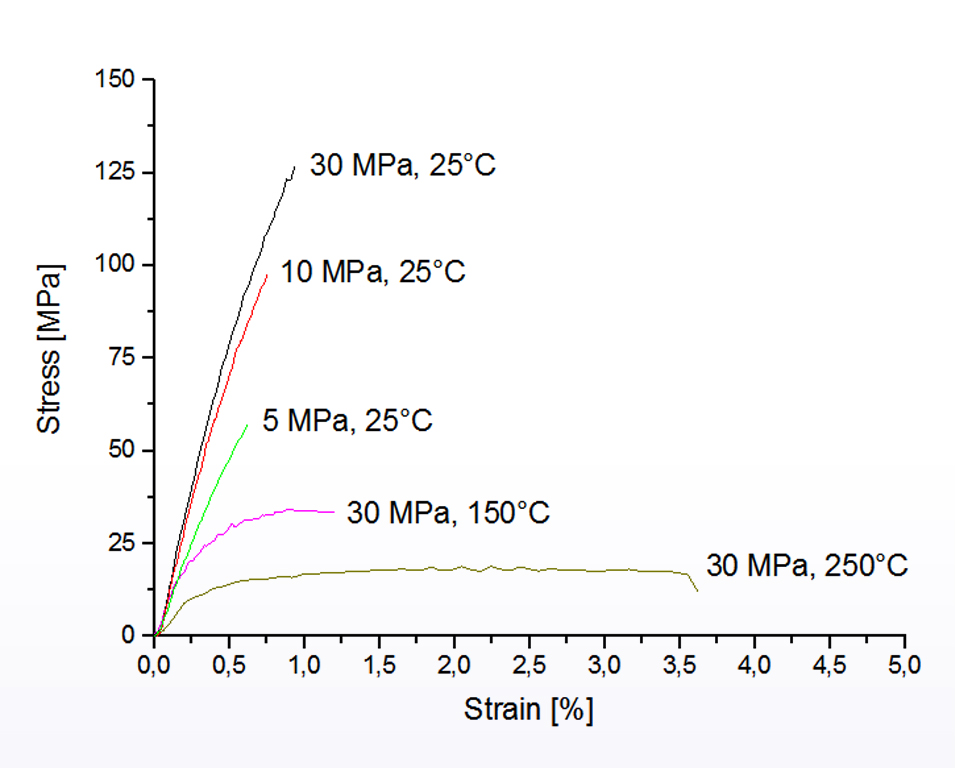Lifetime & Reliability Considerations during Product Development
One essential goal of the design process of an electronic product is to create a robust and reliable design that meets the demands from field operation. Typical measurement values, the number of failures per operation time and their distribution are evaluated. By the use of accelerated aging tests together with numerical simulations, it is possible to get access to these quantities and to predict the lifetime of a product for different load cases.
 Fraunhofer Institute for Integrated Systems and Device Technology IISB
Fraunhofer Institute for Integrated Systems and Device Technology IISB




